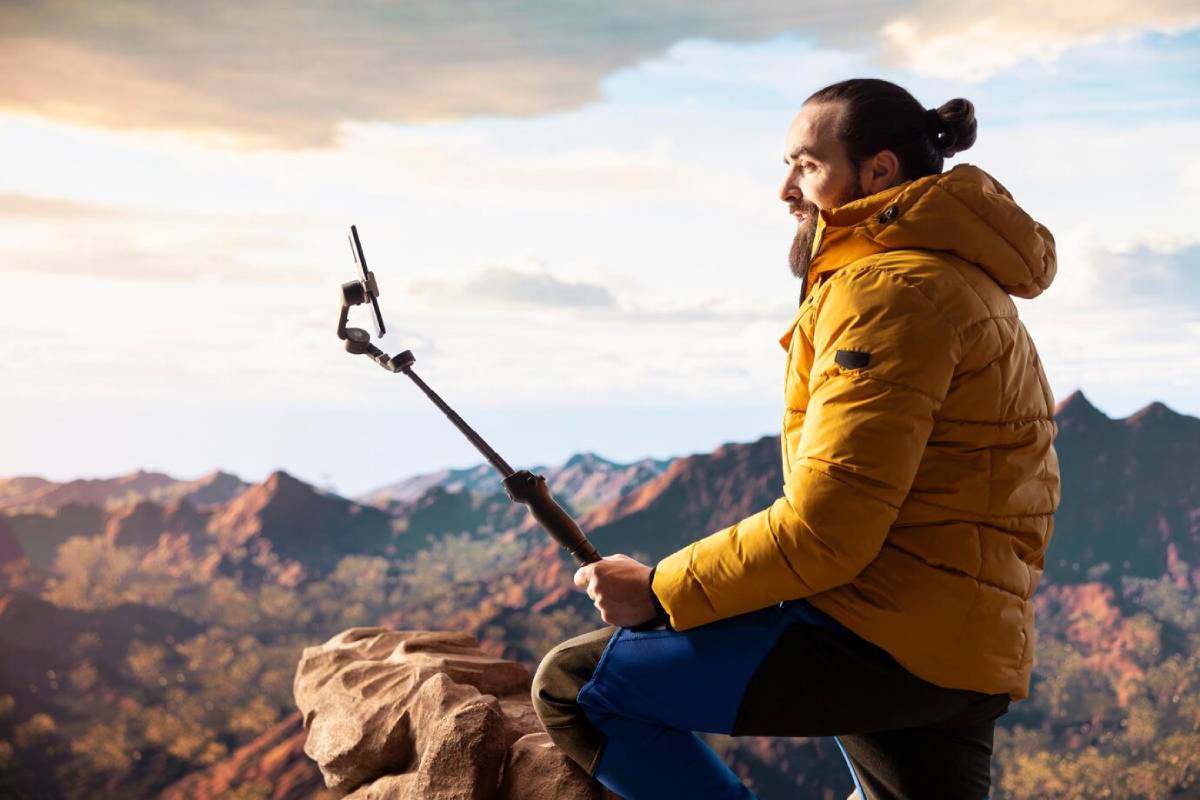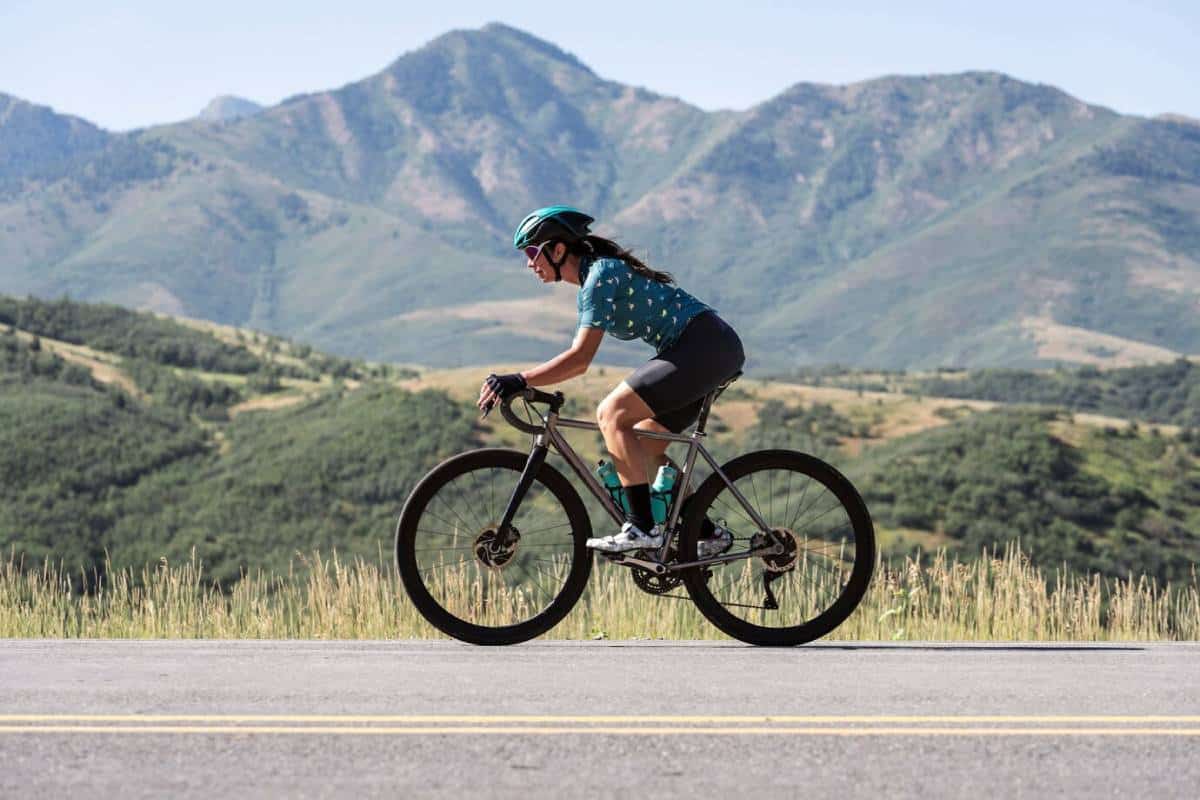
How to Market Travel Gadgets to Adventure Enthusiasts
Adventure travellers are not typical customers. They need gear they can trust in the wild. When they shop for outdoor tech gear, they look for toughness, reliability, and real-world usefulness.
If you want to sell adventure gadgets to this group, you need a smart plan. This guide shows you how to master travel gadget promotion, connect with real adventurers, and grow your brand with honesty and skill.
Why Adventure Enthusiasts Need a Special Approach
Adventure travellers think differently. They are practical. They ask: “Will this work when I really need it?”
When you market to them:
- You must prove your gear can survive tough conditions.
- Your brand must feel real, not flashy.
- Your focus must be on solving real-world problems.
Pro tip: Show what your gadget does in rain, mud, heat, or cold — not just in pretty product photos.
Quick Checklist: Before You Launch Your Campaign
Make sure you:
- Understand the lifestyle and needs of adventure travellers.
- Highlight gear features like toughness, lightness, and battery life.
- Use real photos from real outdoor use, not stock images.
- Work with trusted outdoor influencers.
- Collect and share real customer reviews.
- Write helpful, problem-solving content.
- Optimise your site for mobile shoppers.
- Target adventure-focused SEO keywords.
- Stay authentic and avoid overhyping products.
Important: Adventure lovers can smell fake marketing instantly. Always be real.
Step-by-Step Guide: How to Market Travel Gadgets to Adventure Enthusiasts
1. Know Your Adventure Customer

Not all travellers are the same.
Adventure enthusiasts include:
- Hikers crossing mountain trails.
- Cyclists biking in remote regions.
- Campers are setting up in wild places.
- Backpackers exploring off-grid towns.
- Digital nomads work from beaches or forests.
They need gear that is:
- Light to carry.
- Tough enough for bad weather.
- Easy to pack and use.
- Able to last for days without a charge.
Understanding these real needs shapes everything you do in marketing.
2. Highlight What Truly Matters
Do not focus only on fancy specs. Focus on how your gear makes life better outdoors.
Show how your gadget:
- Saves weight in backpacks.
- Survives storms and rugged handling.
- Stays powered far from cities.
- Works simply without complicated setup.
Example: Instead of “10-hour battery life,” say “stays alive through 2 full days of hiking.”
Put benefits into real-world language.
3. Use Real-Life Adventure Photos
People trust what they can see.
Use images that:
- Show dirt, sweat, and rain — not polished models.
- Feature real outdoor users, not perfectly staged photos.
- Capture moments when your gadget proves its worth.
If possible, send your gear to real travellers and get their photos. Reward customers who post real-use images with discounts or shoutouts.
Tip: Avoid glossy filters. Authenticity sells more than perfection.
4. Work with Genuine Outdoor Influencers
Influencers are powerful — if you pick the right ones.
Choose influencers who:
- Actually, adventure outdoors, not just post nice pictures.
- Have smaller, loyal followings (5K–50K followers often perform better).
- Talk honestly about gear strengths and weaknesses.
Ways to work with them:
- Offer free gear for real tests and reviews.
- Sponsor gear giveaway contests.
- Partner for story-based blog posts or videos.
Genuine voices carry more weight than big celebrity names.
5. Create Helpful Adventure-Focused Content
Educational content builds trust and brings traffic.
Content ideas:
- “How to Pack Smart for a Week in the Mountains.”
- “Top 5 Gadgets Every Backpacker Should Carry.”
- “Real Story: How a Portable Solar Charger Saved My Expedition.”
Write in a simple, helpful tone. Show real problems and how your gadgets fix them.
SEO tip: Use clear, search-friendly titles so people find your content easily.
6. Optimise Your Store for Mobile Adventure Shoppers
Most adventurers browse and buy from phones or tablets while on the move.
Make sure:
- Pages load fast, even on weak connections.
- Buttons are big enough to tap with fingers.
- Checkout is easy, with mobile-friendly payments like PayPal or Apple Pay.
- Product descriptions are short, direct, and benefits-focused.
A slow, clunky site loses customers fast.
7. Showcase Reviews and Testimonials Prominently

Reviews matter a lot to outdoor buyers.
Ways to gather and use them:
- Email customers after purchases, asking for feedback.
- Offer small thank-you rewards for review submissions.
- Feature the best reviews on product pages and social media.
- Share real customer photos and adventure stories.
Let your community do the talking for you. Authentic praise sells better than any ad.
8. Target Adventure-Related SEO
Adventure shoppers often search very specific needs.
Target keywords like:
- “Best waterproof Bluetooth speaker for hiking.”
- “Lightest solar chargers for camping trips.”
- “Toughest travel tech gadgets for extreme conditions.”
Optimise your blog posts, product pages, and meta descriptions around these searches.
Tip: Focus on long-tail keywords — they are easier to rank for and bring more ready-to-buy customers.
9. Offer Trial Periods or Field Tests
Nothing builds trust like “try before you buy.”
Ways to offer trials:
- 30-day no-questions-asked returns.
- Free demo programs for adventure clubs.
- Field test competitions (customers try gear and post about it).
When customers see that you back your gear, confidence in your brand grows.
10. Stay Authentic, Always
Above all, be real.
Avoid:
- Overpromising (“indestructible!” when it is not).
- Using stock photos that do not match the adventure spirit.
- Glossy marketing language that feels fake.
Stick to:
- Real-world performance.
- Honest claims.
- User-driven content and community storytelling.
Authenticity builds loyalty over the long term.
Best Practices for Marketing Outdoor Tech Gear
- Highlight Real-Life Value: Focus on survival, ease, and reliability.
- Use Customer Voices: Reviews and real stories beat polished ads.
- Make Buying Easy on Phones: Fast loading, clear checkout, mobile payments.
- Educate, Then Sell: Help before you sell — build trust first.
- Support the Adventure Spirit: Celebrate your customers’ journeys, not just your products.
FAQs
1. What kind of travel gadgets do adventurers love most?
Light, rugged, waterproof gadgets with long battery life — like solar chargers, tough cameras, and weatherproof Bluetooth speakers.
2. How important are influencers for promoting outdoor tech gear?
Very important — but only if they are real adventurers with loyal followers.
3. Should I market based on price or performance?
Always focus on performance. Adventurers often pay more for reliable gear that keeps them safe.
4. How do I make my store better for adventure shoppers?
Keep it fast, mobile-friendly, focused on key product benefits, and filled with real customer proof.
Building a Brand Adventurers Trust and Recommend
Adventure travellers rely on their gear to explore the world safely and fully.
When you market outdoor tech gear honestly, show its real-world strength, and support your customers’ passion for exploration, you build a brand they trust and love.
Focus your travel gadget promotion on solving real problems, celebrating real adventures, and building a community of explorers who rely on you.
Download our Free Adventure Tech Marketing Checklist and start growing your brand the smart way.


